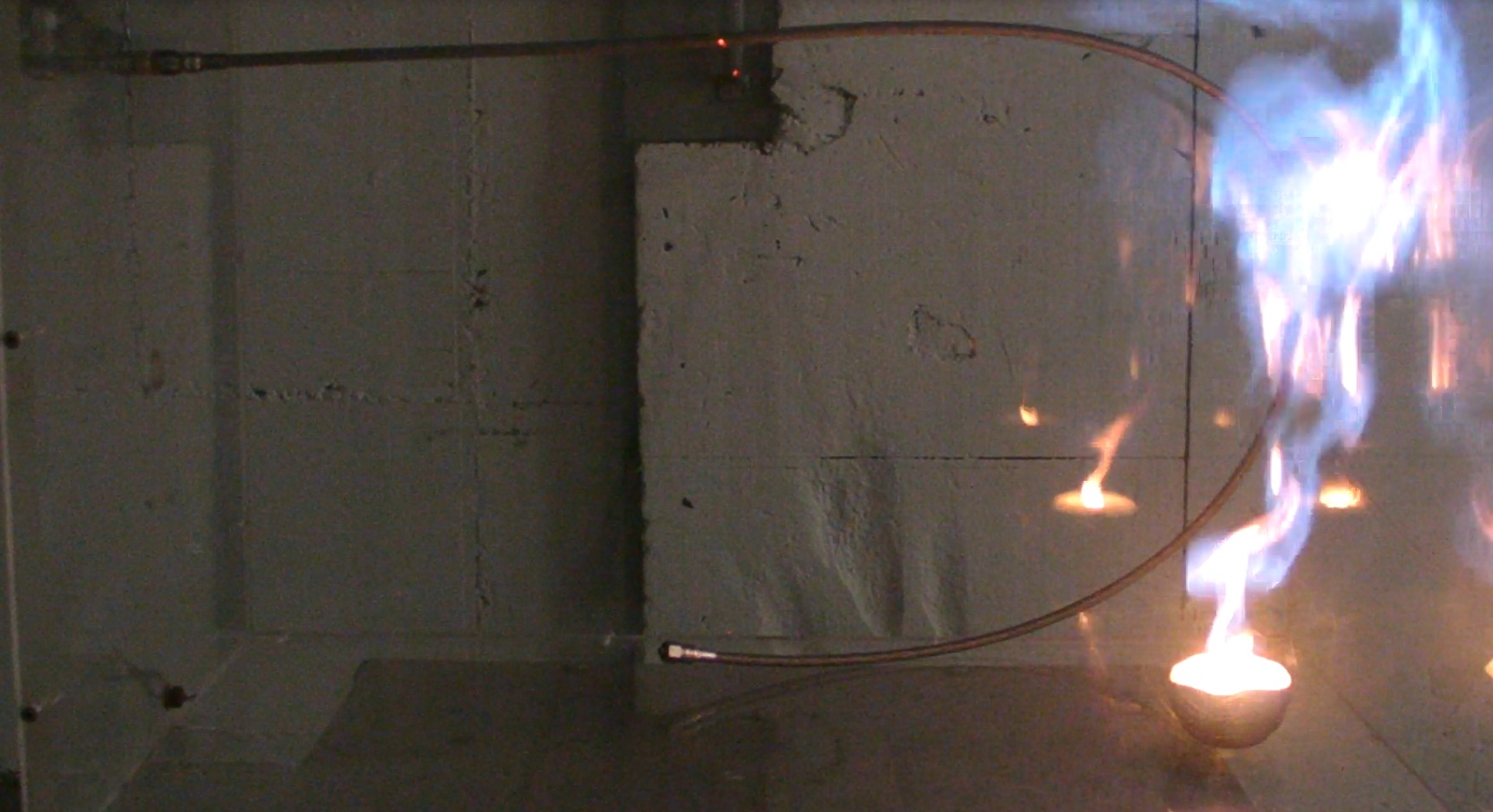New refrigerant for cars: EU must not ignore fire risk

Laboratory test of the ignition behaviour of the refrigerant 1234yf
Refrigerant 1234yf ignited in laboratory test: release of 46 g of 1234yf in 70 seconds with formation of hydrogen fluoride (HF) in concentrations above 90 ppmv
Quelle: Umweltbundesamt
European Commission research centre ignores scientific results on the fire risk from the new refrigerant R1234yf for mobile air conditioning systems

